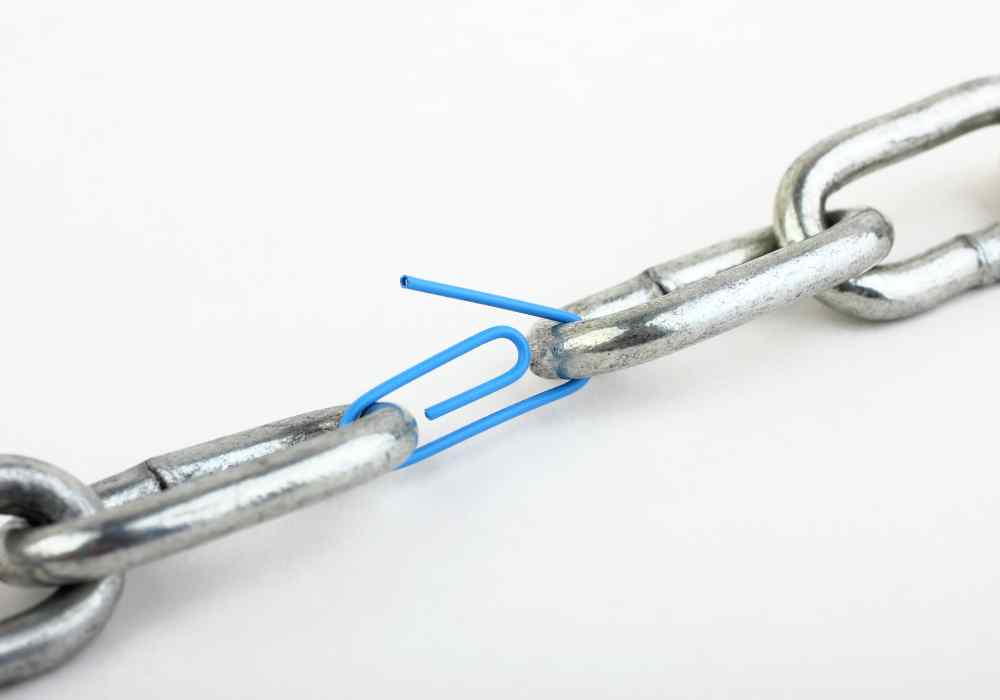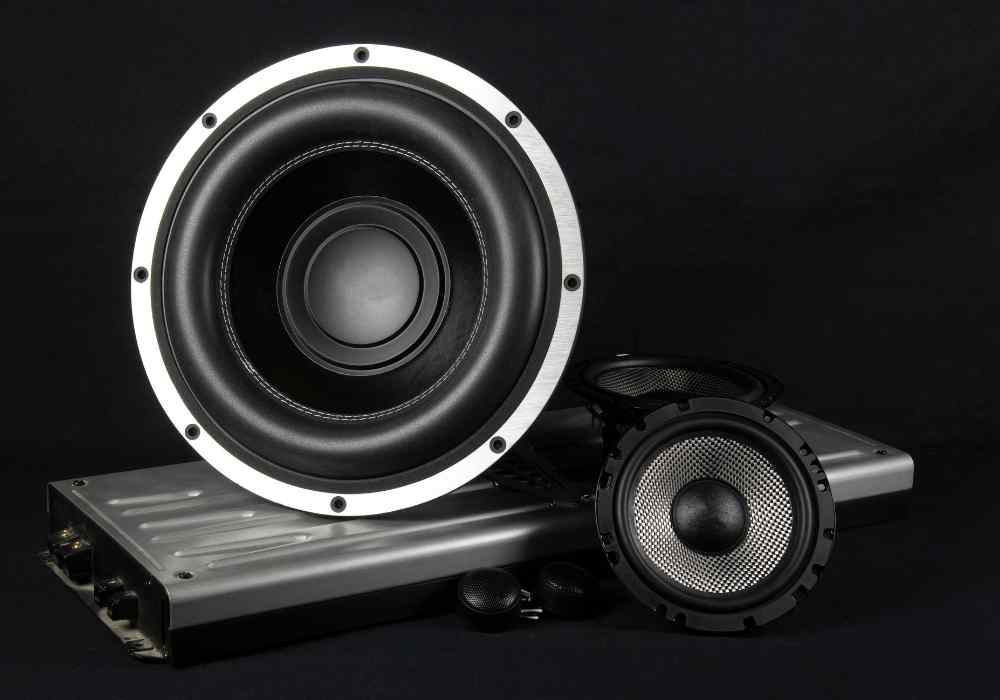A subwoofer is a type of speaker that is designed to reproduce the low-frequency sounds that other speakers are not able to produce.
Subwoofers are commonly used in home theater systems and car audio systems to enhance the overall sound experience.

However, many people have complained about weak subwoofer sound, which can be a frustrating experience.
In this article, we will explore the causes of weak subwoofer sound and provide solutions to help improve the overall sound quality.
Causes of Weak Subwoofer Sound
There are several causes of weak sound in your subwoofer, here are those-
Incorrect placement and positioning of the subwoofer:
The placement and positioning of the subwoofer is crucial for achieving optimal sound quality.
Subwoofers are typically placed in a corner of the room or against a wall, which can cause the sound waves to become trapped and result in weak sound.

Additionally, if the subwoofer is placed too close to a wall or corner, the bass frequencies can become boomy and overpowering.
To remedy this, experiment with different placement options and try to find the spot where the subwoofer sounds the best.
Same goes to placing the sub in car. If you place it in a very congested corner of your car, you will feel it weaker than it actually is.
Incompatible or incorrect crossover settings:
Crossover settings are used to separate the audio frequencies that are sent to the subwoofer from the main speakers.
If the crossover settings are not configured correctly, the subwoofer may not be able to reproduce the low-frequency sounds properly.
Additionally, if the crossover frequency is set too high, the subwoofer will not receive the full range of low-frequency sounds, resulting in weak sound.
To fix this, consult the subwoofer’s user manual or consult with a professional to set the crossover settings correctly.
Insufficient power supply to the subwoofer:
In order for a subwoofer to produce strong and powerful sound, it must have an adequate power supply.
If the subwoofer is not receiving enough power, the sound will be weak and distorted.
To fix this, make sure that the subwoofer is connected to a power outlet that can provide the necessary power.
Additionally, check the voltage and amperage of the power outlet to ensure that it is compatible with the subwoofer.
Damaged or worn subwoofer components:
Over time, subwoofer components can become damaged or worn, resulting in weak sound.
This can be caused by excessive use, exposure to extreme temperatures, or poor handling.
To fix this, check the subwoofer for any visible signs of damage and consult with a professional if necessary.
Regular maintenance and replacement of worn or damaged components can help to prevent weak sound in the future.
Solutions to Weak Subwoofer Sound
Now that you know what are the reasons, let’s focus on the solutions so that you can have a blast once again-
Proper placement and positioning of the subwoofer:
As mentioned previously, the placement and positioning of the subwoofer is crucial for achieving optimal sound quality.
Experiment with different placement options and try to find the spot where the subwoofer sounds the best.
Avoid placing the subwoofer too close to walls or corners, as this can cause the sound waves to become trapped and result in weak sound.
Additionally, try to place the subwoofer at the same level as the listener’s ears for the best sound experience.
Adjustment of crossover settings to match the subwoofer and main speakers:
Crossover settings are used to separate the audio frequencies that are sent to the subwoofer from the main speakers.
It is important to set the crossover frequency correctly so that the subwoofer can reproduce the low-frequency sounds properly.
Consult the subwoofer’s user manual or consult with a professional to set the crossover settings correctly.
Ensuring adequate power supply to the subwoofer:
In order for a subwoofer to produce strong and powerful sound, it must have an adequate power supply.
Make sure that the subwoofer is connected to a power outlet that can provide the necessary power.
Additionally, check the voltage and amperage of the power outlet to ensure that it is compatible with the subwoofer.
In cars, if you use a overpowered subwoofer that can’t be run by your vehicle’s power, you will experience lower quality bass. Consider using proper car subs for better quality and strong sound from your subwoofer.
Regular maintenance and replacement of worn or damaged components:
Over time, subwoofer components can become damaged or worn, resulting in weak sound.
Regular maintenance and replacement of worn or damaged components can help to prevent weak sound in the future.
This includes things like cleaning the subwoofer, checking the wiring and connections and inspecting the speaker diaphragm for any signs of wear or damage.
Conclusion
In this article, we have discussed the causes of weak subwoofer sound and provided solutions to help improve the overall sound quality.
Proper placement and positioning of the subwoofer, adjustment of crossover settings, ensuring adequate power supply and regular maintenance and replacement of worn or damaged components are all key steps to take in order to achieve optimal sound quality.
Remember that every room and setup is different, so it might take some experimentation to find the best solution for your specific situation.
If you’re still having trouble after trying the solutions mentioned in this article, consider consulting a professional or reaching out to the manufacturer for additional support.
Additionally, you can also find more resources and tips on subwoofer setup and troubleshooting online.
By following the solutions and tips provided in this article, you can improve the overall sound quality of your subwoofer and enhance your listening experience.
Can I place my subwoofer on the floor?
While it is possible to place a subwoofer on the floor, it may not provide the best sound quality.
Placing the subwoofer on the floor can cause the bass frequencies to become boomy and overpowering.
Additionally, the subwoofer may not receive the full range of low-frequency sounds, resulting in weak sound.
It is recommended to experiment with different placement options and try to find the spot where the subwoofer sounds the best.
Is it necessary to have a separate amplifier for my subwoofer?
A separate amplifier is not always necessary for a subwoofer, but it can help to improve the overall sound quality.
A separate amplifier can provide the subwoofer with more power, which can result in stronger and more powerful sound.
Additionally, a separate amplifier can also provide more control over the subwoofer’s volume and crossover settings.
Can I connect my subwoofer to my TV?
Yes, it is possible to connect a subwoofer to a TV. Many modern TVs have a built-in subwoofer or a subwoofer output that can be used to connect an external subwoofer.
However, the sound quality may not be as good as connecting it to a dedicated audio receiver, as the TV speakers are not designed for reproducing low-frequency sounds.
Can I use my car subwoofer in my home theater system?
It is possible to use a car subwoofer in a home theater system, but it may not provide the best sound quality.
Car subwoofers are designed to work in a smaller and enclosed space, whereas home theater subwoofers are designed for a larger room.
Additionally, car subwoofers typically require a different type of amplifier and crossover settings than home theater subwoofers.
Can I use a wireless subwoofer?
Yes, it is possible to use a wireless subwoofer, which connects to the main system through WiFi or Bluetooth.
This type of subwoofer can be placed in different locations without having to deal with cables, but it may have some limitations in terms of sound quality and delay depending on the wireless technology used.
It’s important to check the compatibility with the main audio system before purchasing a wireless subwoofer.
